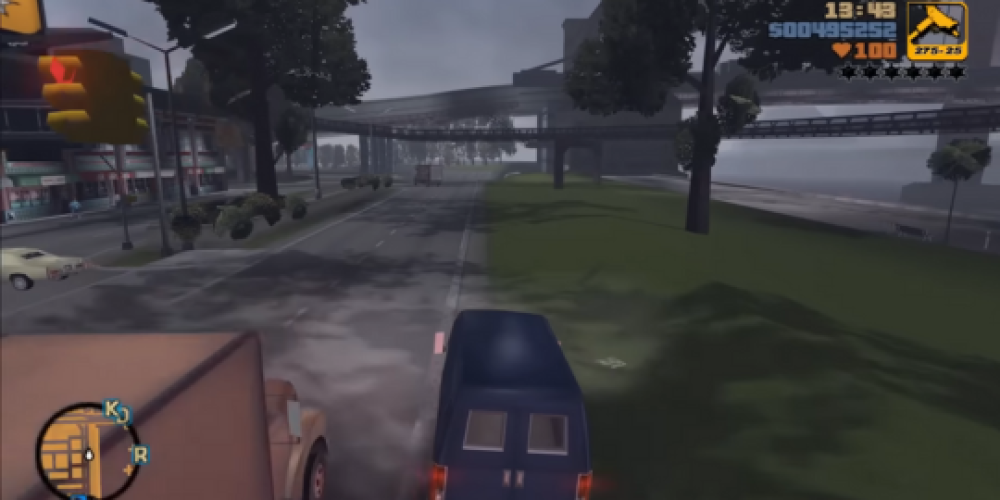26 Apr
Alison Harvard

In the development of Grand Theft Auto 3, the team at Rockstar faced technical hurdles posed by the PlayStation 2's limited memory and the capabilities of its DVD drive. Obbe Vermeij, a former developer for Rockstar, shed light on these challenges and the innovative strategies employed to adapt Liberty City's immersive open world.
To manage the console's limitations, the development team utilized a streaming technique that dynamically loaded parts of the game world, such as buildings and roads, as the player navigated through Liberty City. This was optimized by strategically placing frequently used models closer to the DVD's reading mechanisms, minimizing load times.
Despite these efforts, it was possible for players to outrun the game’s loading process, particularly when traveling at high speeds. To mitigate this, the developers introduced a series of modifications. In Portland, the game’s initial island, the originally straight roads were redesigned with curves to naturally decrease player speed. Further, the aerodynamics of vehicles were subtly altered, increasing air resistance by about 5% in order to slow down the vehicles without the change being overtly noticeable.
Another adaptation involved the Dodo plane, which was notoriously difficult to pilot effectively in the game. This limitation was intentionally placed to prevent players from flying too high or too quickly, as doing so would exacerbate the system’s inability to load distant or complex textures in a timely manner.
As technology and techniques evolved, subsequent games such as Vice City and San Andreas saw improvements in these areas. The Rockstar team continued to refine their streaming processes and implemented strategies like using simpler models during flight sequences to ensure a smoother gameplay experience across even more elaborate open worlds.
